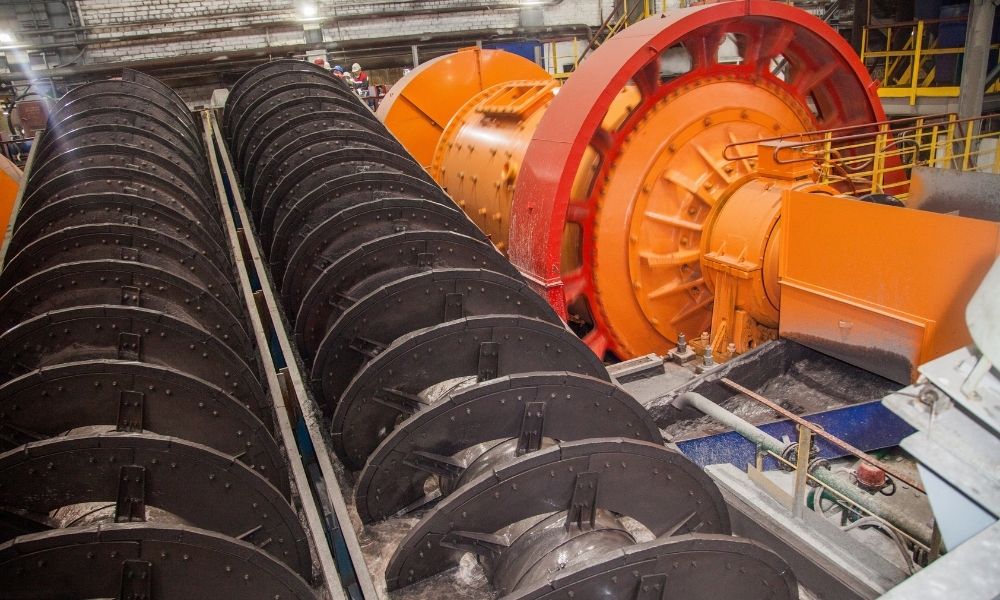Did you know that grinding is a vital aspect of mining? Extracted material requires milling for it to be useable as a product. In mining, essential equipment is needed to break down minerals into granules. Everything from valuable metals like gold, precious gemstones, and minerals needed for construction goes through the milling process after being pulled from the ground.
Learn more about the importance of industrial grinding equipment in mining!
How Grinding Equipment Works
After mining for material, milling, or grinding, the next step is to make the material into a useable product. Even though industrial grinding equipment has only one purpose—to grind the material into small pieces—a mill can choose from several mill equipment options.
Ball Mills
The most common milling machine is the ball mill. It is a slightly inclined machine filled with balls, typically made from stone or metal. Workers add the extracted material to the ball mill, which grinds material into smaller pieces with friction from all the moving balls.
Autogenous Mills
Autogenous mills also rotate, except the milling of the material comes from the material itself. The rotation of the mill throws the material against the sides of the mill, causing it to break.
Pebble Mill
Sometimes, a product cannot be contaminated from the iron of the steel balls. In this instance, a pebble mill steps in; rock pebbles, either quartz or silica, provide a friction source along with ore particles.
High-Pressure Grinding Rolls
For mills wanting to replace ball mills, high-pressure grinding rolls are often the answer. They can achieve the same results but with much lower energy usage. Instead of rotating, two equal-sized rollers roll against one another, and a belt feeds the material into the rollers.
Once the material passes through the rollers, the extreme pressure creates fine particles similar to a ball mill.
Overall, the importance of industrial grinding equipment in mining is vital. The milling process turns raw material into the building blocks of everything around us.
Learn more by exploring the blogs at Cast Steel Products!

